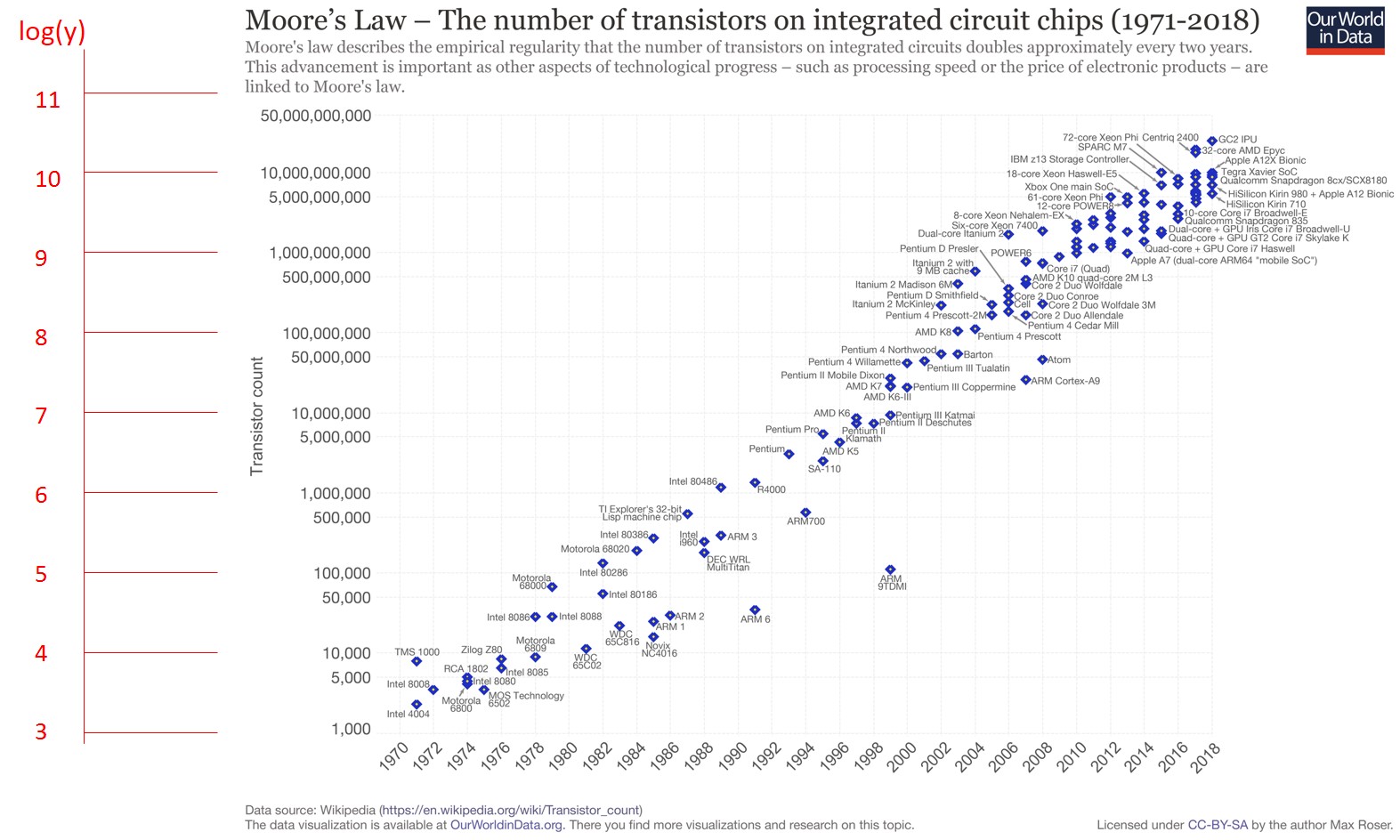Mathematics Homework Help. MATH University of California Sample Deviation in an Uniform Distribution Questions
Problem 1. 8 points
Suppose that x1; x2; x3; x4, is a sample drawn from the uniform distribution
f(x; ) :=
(
1
if x 2 [1; 1 + ];
0 otherwise;
where is an unknown parameter. Let y1; y2; y3; y4 be the associated order statistics.
(a) [2 points] Find an expression for the joint likelihood function f(x1; x2; x3; x4; ).
(b) [2 points] Is y2 a sucient statistic for ? Give a brief explanation of your answer.
(c) [2 points] Now suppose that x1 = 5; x2 = 3; x3 = 4; x4 = 2. Find the maximum likelihood
estimate of .
(d) [2 points] Using the values from part (c), nd the method of moments estimate for .
(Hint: there is only one parameter so you only need to compute the rst moment).
Problem 2. 4 points
Suppose that X1; : : :Xn are i.i.d. random variables with probability density function
f(x; ) =
(
e x if x 0
0 otherwise.
(a) [2 points] Give an expression for the joint likelihood function f(x1; : : : ; xn; ).
(b) [2 points] Show that the sample mean is a sucient statistic for .
Problem 3. 3 points
Suppose you collect a sequence of data points (x1; y1); : : : ; (xn; yn) and you use least squares
regression to nd the values of 0 and 1 so that the line y = 1x + 0 gives the best match
to the data. Show that if the data points already lie on a line y = mx + b i.e. (yi = mxi + b
for i = 1; : : : ; n), then least squares regression chooses the parameters 0 = b and 1 = m.
Problem 4. 10 points
Suppose you are playing a random game that has three possible outcomes WIN, LOSE or
DRAW. The probability of winning the game is an unknown parameter 2 [0; 1], losing and
drawing have equal probability 1
2(1 ). Suppose you have a prior on the data that is given
by h() = 2.
(a) [3 points] Suppose that it costs $5 to play the game, you get $15 dollars if you win,
nothing if you draw, and you have to pay an additional $2 if you lose. Based on the prior
distribution would you play the game? Explain.
(b) [3 points] Now suppose you observe the following sequence of (independent) game out-
comes: WIN, LOSE, DRAW, DRAW, WIN, LOSE, WIN, LOSE, DRAW, DRAW. Give
an expression for the posterior distribution of .
(c) [3 points] Based on the posterior distribution would you play the game?
(d) [1 point] Would your answer to part (c) change if you had observed the following sequence
of (independent) game outcomes instead: WIN, LOSE, LOSE, LOSE, WIN, LOSE, WIN,
LOSE, LOSE, LOSE. Give a brief explanation of your reasoning.

